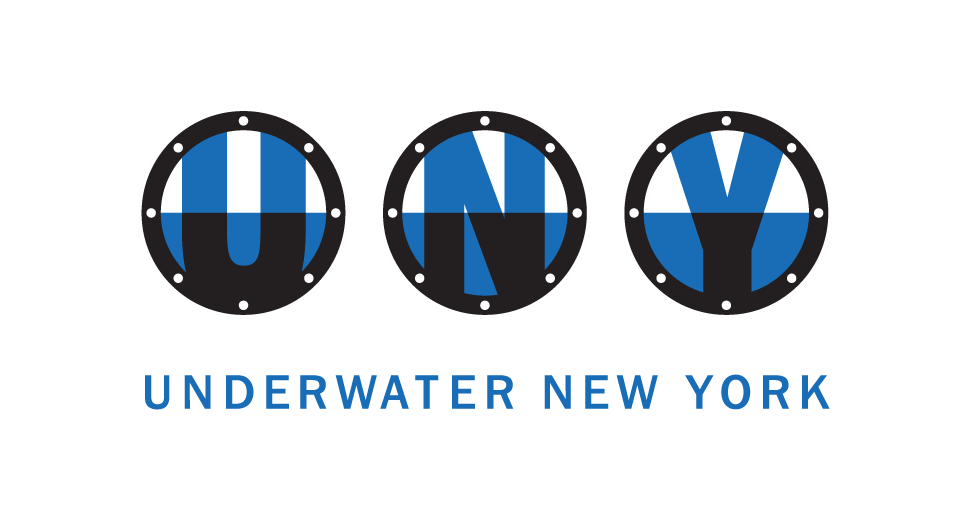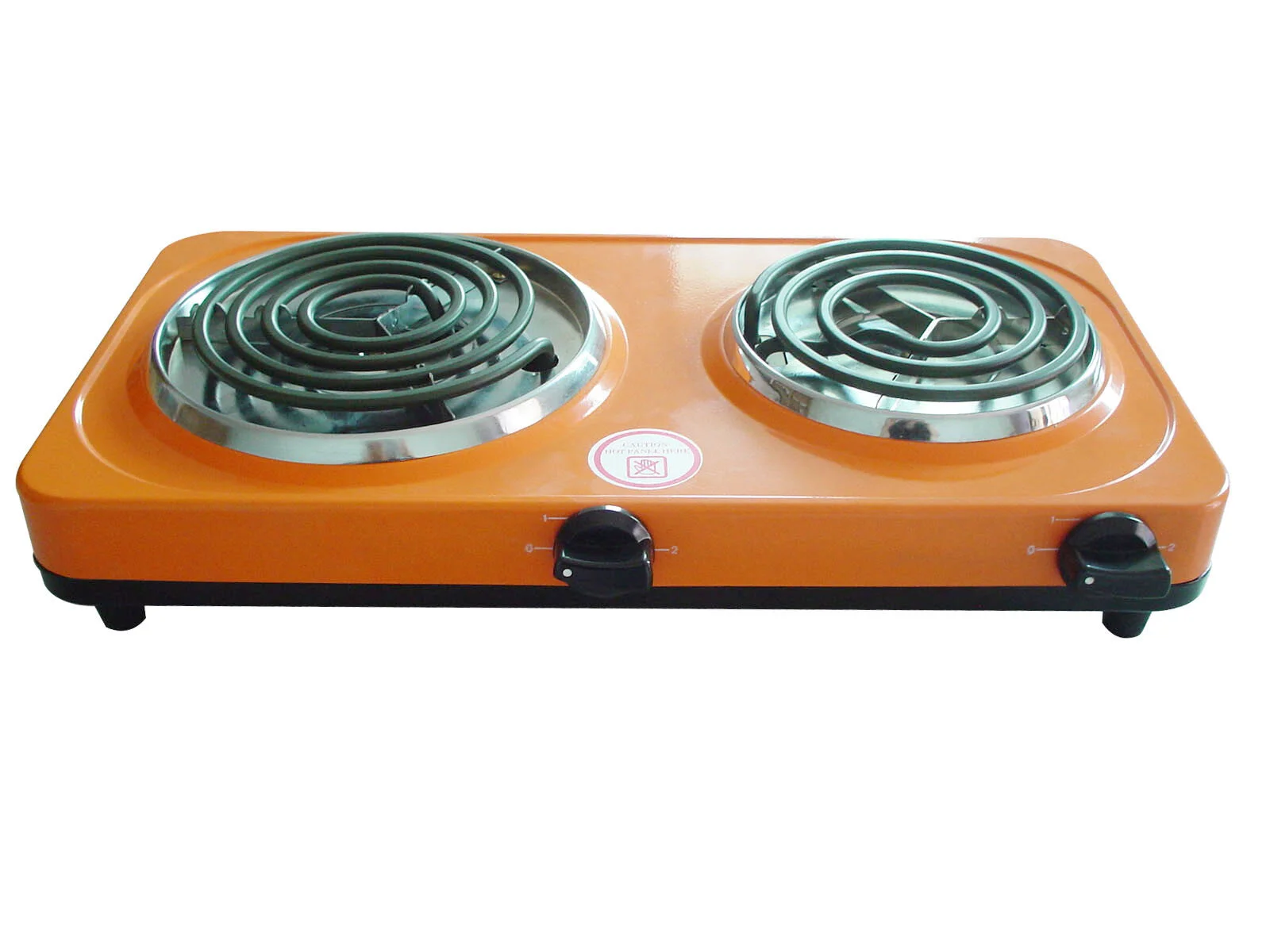Issue 17
OBJECT PLAY
This year, amidst the coronavirus pandemic, an ensuing economic disaster, and urgent calls for racial justice around the globe, we’ve reflected on how Underwater New York’s experiential, exploratory, and collaborative methods might catalyze local imagination and resilience. Can an emphasis on collaborative creative practices yield meaningful engagement with the climate crisis? Can the artist’s play with found materials contribute to a non-extractive, de-colonized relationship with our waters? How does looking at an artifact orient us to the present or future? How can playful invention contribute to new systems of knowledge?
These questions emerged in dialogue with the Penn Program in Environmental Humanities throughout 2019-2020, during which Underwater New York served as artists-in-residence. Our shared inquiry led us to commission new work from multimedia artist Yi Xin Tong and poets Asiya Wadud and Safia Jama, exploring how an object-based approach to artmaking or play might inform our relationships with local waters. Though we hoped to visit Dead Horse Bay together to wander the waterfront and discuss these questions alongside its objects, social-distancing measures required the artists to adopt solitary or virtual encounters and play.
Multimedia artist and amateur fisherman Yi Xin Tong’s video, Coronavirus Catch & Cook in NYC, plays with the conventions of popular YouTube videos that depict sport fishing as a culinary quest. In doing so, the Chinese-Canadian artist reframes this predominantly white, male, American, pop-culture phenomenon and draws attention to our current global context.
Asiya Wadud’s poem, “ANOTHER METONYM (or the hot plate),” takes as its central image a hot plate found in the Bronx River. In Wadud’s poem, the hot plate signals the precariousness of domestic life for those excluded from American definitions of success: home ownership, state-of-the-art appliances, durability, abundance.
In Safia Jama’s poem “Once More to Green-Wood,” the water, again a peripheral site, provides a vantage for contemplating atmospheric change. As she watches a storm gather, the speaker sees the stone angels with arms raised, like those filling the streets throughout the city to protest police brutality. Here, the speaker’s own surrender—perhaps to an internal storm—is charged with her refusal to tell us all she knows.
These works are made possible by a mode of excavation whose goal is not to extract value from our waters, but to engage in play as a form of consciousness that frees us from habitual pathways, relationships, and markers of value.



